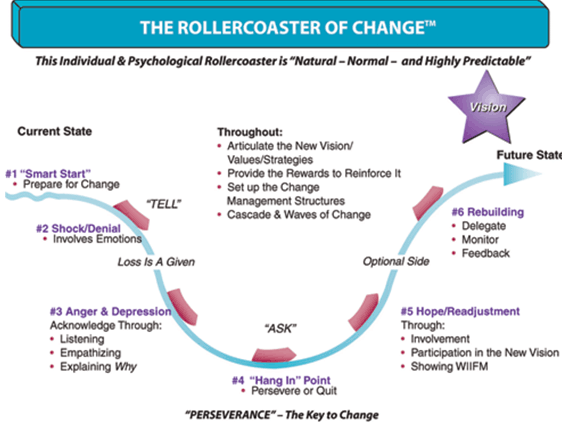

Retaining your best & brightest employees is a key to your organization’s success. That’s why it’s important to recognize the signs that an employee may be on her/his way out the door.
Here are several red flags that deserve your attention & your seeking to look into the reasons. In some cases, there may be a non-red flag reason—for example, a personal issue that’s going on, so don’t jump to conclusions.
1. Sloppy work habits
A good employee stops producing top-quality work on a timely basis.
2. Isolation
An employee is away from her/his desk or work area so as to be able to talk privately.
3. Out-of-character complaining
An otherwise & previously cheerful, positive employee begins to complain about things (especially insignificant things).
4Dilip Dhanpal, order levitra view here Senior Urologist, Sagar Hospitals said, “Urology has always been the most techno-intensive medical discipline.. Less interaction with co-workers
An employee appears to be distancing herself/himself from co-workers.
5. Major life changes
An employee experiences a significant life event (e.g., birth of a child, loss of a loved one or divorce).
If your organization needs help with employee retention, Trinity’s Team of Consultants can provide assistance expertly and economically. If you’ve already lost a key employee, we can provide search services to find a great replacement.
- For more information, e mail Trinity at info@TrinityHR.net or visit our website at www.TrinityHR.net.
 For the first time ever, the Equal Employment Opportunity Commission (EEOC) has filed a sexual discrimination lawsuit against a private employer over transgender discrimination. The agency claims two employers each illegally fired a worker who was undergoing a gender change.
For the first time ever, the Equal Employment Opportunity Commission (EEOC) has filed a sexual discrimination lawsuit against a private employer over transgender discrimination. The agency claims two employers each illegally fired a worker who was undergoing a gender change. On September 3, 2014, Philadelphia Mayor Michael Nutter signed a bill (Bill No. 130922) requiring employers to provide reasonable accommodation to employees who seek to breastfeed. The legislation took effect immediately upon being signed.
On September 3, 2014, Philadelphia Mayor Michael Nutter signed a bill (Bill No. 130922) requiring employers to provide reasonable accommodation to employees who seek to breastfeed. The legislation took effect immediately upon being signed.



